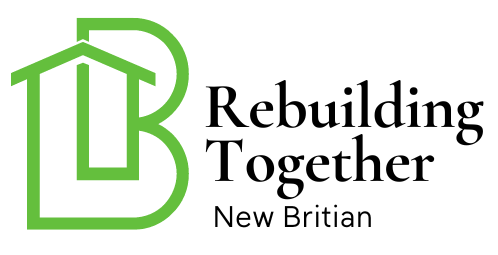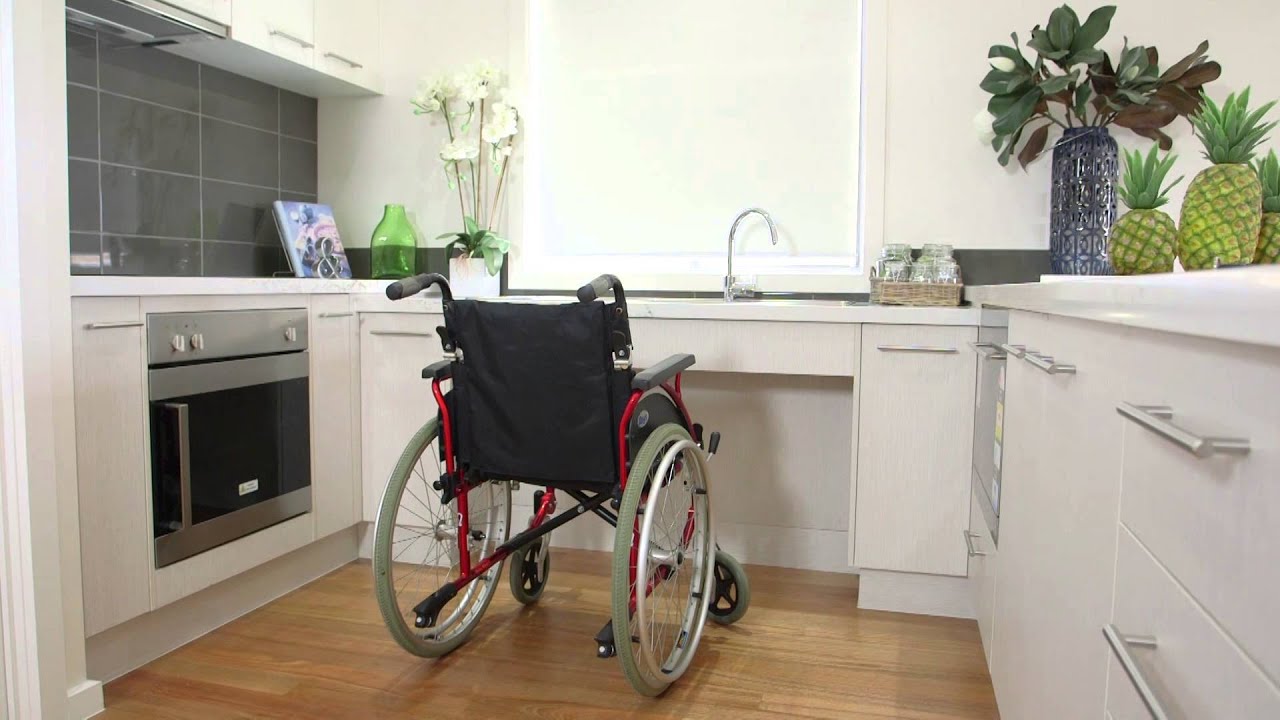Creating a welcoming and inclusive environment for everyone is an essential aspect of modern living. This is where ADA-compliant home designs come into play. These designs not only cater to individuals with disabilities but also enhance the overall comfort and usability of a home for people of all ages. With an increasing focus on accessibility, homeowners are finding significant value in incorporating ADA-compliant features into their living spaces.
Whether you are planning to build a new home or modify an existing one, understanding the principles of ADA-compliant home designs can greatly benefit you and your family. In this article, we will delve into various aspects of these designs, offering practical insights and inspiration for creating a home that is both stylish and accessible.

The Importance of ADA-compliant Home Designs
The Americans with Disabilities Act (ADA) has set a benchmark for accessibility in public spaces, and its principles are increasingly being applied to private residences. By adopting ADA-compliant home designs, homeowners can ensure that their living spaces are safe and accessible for everyone, including those with mobility challenges.
Benefits of Accessible Homes
Accessible homes offer numerous benefits, not just for individuals with disabilities but for families, visitors, and future buyers. These homes provide ease of movement, reduce the risk of accidents, and promote independence for everyone. Moreover, they often increase the property’s value, making it a wise investment for the future.
Key Features of ADA-compliant Home Designs
1. Accessible Entrances
One of the primary considerations in ADA-compliant home designs is creating accessible entrances. This includes installing ramps with a gentle slope, widening doorways, and providing smooth transitions between different levels. These features ensure that individuals using wheelchairs or walkers can easily enter and exit the home.
2. Spacious Interiors
Inside the home, spacious interiors are crucial for maneuverability. This involves open floor plans, sufficient turning space in rooms, and minimal obstructions in hallways. Such designs not only aid individuals with mobility devices but also create a more open and airy atmosphere.
3. Accessible Kitchens
Kitchens in ADA-compliant homes are designed to accommodate everyone. Features such as lower countertops, pull-out shelves, and easy-to-reach appliances make cooking and dining a pleasurable experience for all residents.
4. Adaptable Bathrooms
Bathrooms are another critical area in ADA-compliant home designs. Installing grab bars, roll-in showers, and adjustable-height sinks can significantly enhance accessibility. These modifications ensure that individuals with mobility challenges can use the bathroom safely and independently.
Designing for Universal Appeal
While ADA-compliant home designs focus on accessibility, they also emphasize universal design principles that benefit everyone. Universal design aims to create spaces that are intuitive, functional, and aesthetically pleasing for people of all abilities.
Incorporating Smart Technology
Smart technology plays a significant role in modern ADA-compliant home designs. Features like voice-activated controls, automated lighting, and smart thermostats make homes more convenient and user-friendly. These technologies enhance accessibility while offering a contemporary touch to home design.
Choosing the Right Materials
Selecting the right materials is essential in creating a home that is both accessible and stylish. Non-slip flooring, lever-style door handles, and contrasting colors for better visibility are some of the thoughtful choices that can make a significant difference.
Practical Tips for Homeowners
1. Conducting an Accessibility Audit
Before making any modifications, it’s important to conduct an accessibility audit of your home. This involves assessing the current state of accessibility and identifying areas that need improvement. Consulting with a professional can provide valuable insights and recommendations.
2. Planning for Future Needs
When designing an accessible home, consider the future needs of your family. As people age, their mobility and accessibility requirements may change. Incorporating adaptable features from the start can save time and resources in the long run.
Resources for ADA-compliant Home Designs
For more information on ADA-compliant home designs, you can visit the United States Access Board. They provide comprehensive guidelines and resources to help homeowners create accessible living spaces. Additionally, exploring professional services such as interior designers and architects who specialize in accessible design can offer valuable assistance.
Conclusion
Incorporating ADA-compliant home designs into your living space is a meaningful way to enhance accessibility and comfort for everyone. By prioritizing inclusivity, you create a home that meets the needs of all residents, regardless of their abilities. Whether you are building a new home or modifying an existing one, the principles of accessible design offer a pathway to a more welcoming and accommodating environment.

Frequently Asked Questions
1. What does ADA-compliant mean for home designs?
ADA-compliant home designs adhere to the standards set by the Americans with Disabilities Act, ensuring that living spaces are accessible and usable for individuals with disabilities.
2. How can I make my home ADA-compliant?
To make your home ADA-compliant, consider installing ramps, widening doorways, incorporating grab bars in bathrooms, and ensuring sufficient turning space in rooms.
3. Are ADA-compliant features expensive to implement?
While some modifications may involve costs, many ADA-compliant features are affordable and can be implemented gradually. The long-term benefits of increased accessibility and property value often outweigh the initial investment.
This article contains affiliate links. We may earn a commission at no extra cost to you.

